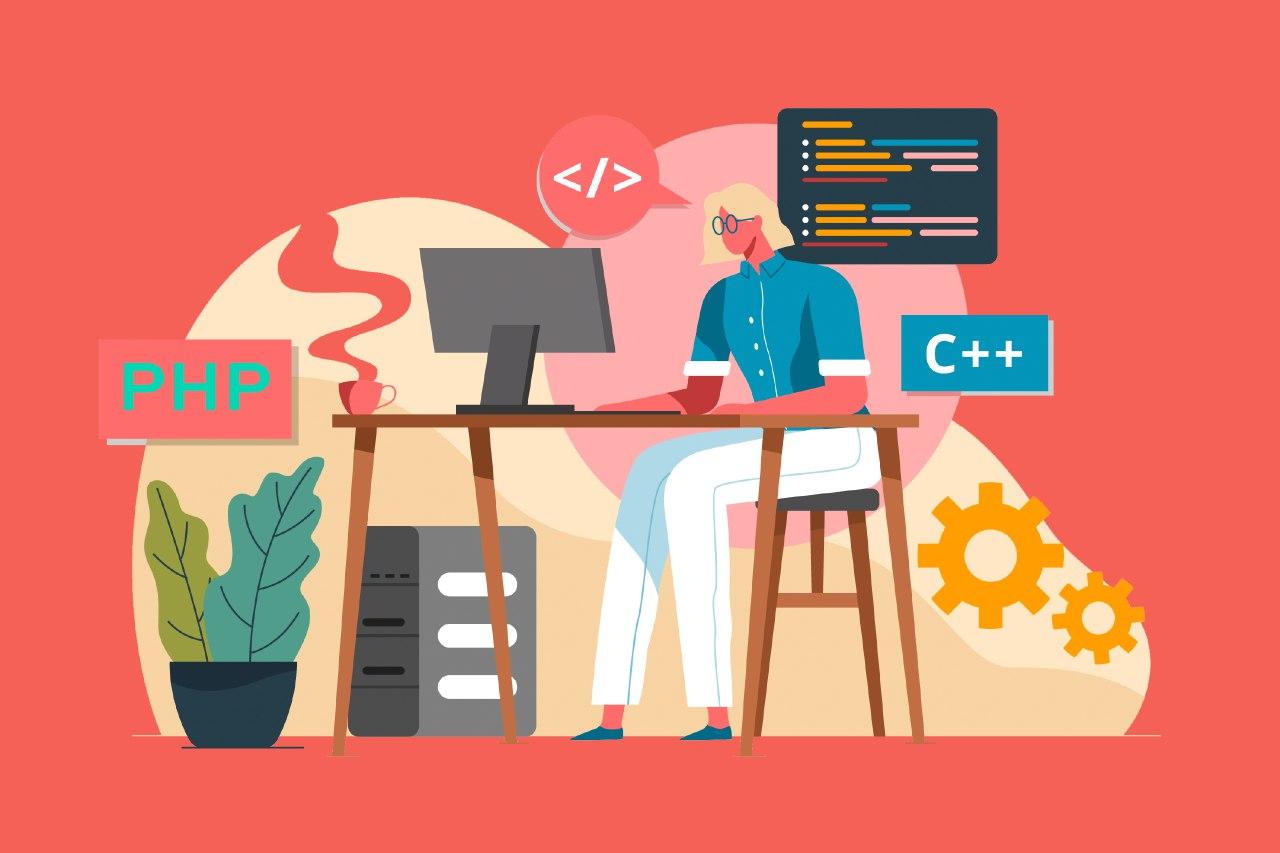

- #PHP LANGUAGE PROGRAMMING HOW TO#
- #PHP LANGUAGE PROGRAMMING INSTALL#
- #PHP LANGUAGE PROGRAMMING CODE#
- #PHP LANGUAGE PROGRAMMING WINDOWS#
Start that, and you will see a window similar to this: The process will depend on your operating system, but once you’re done with the installation, you will have a “MAMP” application installed.
#PHP LANGUAGE PROGRAMMING INSTALL#
That said, if you don’t have PHP installed yet and you want to use MAMP, go to and install it. You can follow this handbook with any kind of PHP installation method, not just MAMP. But I like simple and practical tools, and MAMP is one of those.
#PHP LANGUAGE PROGRAMMING HOW TO#
Of course, you can set up each piece on its own if you like, and many tutorials explain how to do that. MAMP is a package that provides all of that, and more, and gives you a nice interface to start/stop everything at once. Then to do anything non-trivial you’ll need a database, like MySQL. So you access a URL with your browser, Chrome or Firefox or Safari, and the HTTP server responds with some HTML content. PHP is run by a HTTP Server, which is responsible for responding to HTTP requests, the ones made by the browser. It is a package that gives you all the tools you need to get up and running.
#PHP LANGUAGE PROGRAMMING WINDOWS#
MAMP is a tool that’s freely available for all the Operating Systems – Mac, Windows and Linux. The most convenient way I’ve found to install PHP locally is to use MAMP. There are many ways to install PHP on your local machine. PHP supports object-oriented programming, and also functional programming. In its nature, PHP is similar to JavaScript, another dynamically typed, loosely typed, and interpreted language. In compiled languages, you can often catch errors at compile time, something that does not happen in interpreted languages.īut on the other hand, an interpreted language has more flexibility.įun fact: PHP is written internally in C, a compiled and statically typed language. Compared to strongly typed languages like Swift, Go, C or Java, you don’t need to declare the types of your variables.īeing interpreted and loosely/dynamically typed will make bugs harder to find before they happen at runtime. (These also happen to be compiled – the two characteristics often go hand in hand.)
#PHP LANGUAGE PROGRAMMING CODE#
The types of variables are checked at runtime, rather than before the code is executed as happens for statically typed languages. You tell the interpreter to run the program. The PHP interpreter is responsible for interpreting the instructions written in a PHP program when it’s executed. Those languages are compiled and the compiler generates an executable program that you then run. If you’ve used compiled languages like C or Go or Swift, the main difference is that you don’t need to compile a PHP program before you run it. PHP is often called a “scripting language” and it’s an interpreted language. For example interpreted/compiled, strongly/loosely typed, dynamically/statically typed. Programming languages are divided into groups depending on their characteristics. Or you can use it as a Web Application engine that creates HTML pages dynamically and sends them to the browser.ĭid you know Facebook is powered by PHP? Ever heard of Wikipedia? Slack? Etsy? What Kind of Language is PHP? You can use PHP to add a little interactivity to an HTML page. It became popular later on, in 1997/8, and exploded in the 2000s when PHP 4 landed.
He didn’t know at the time it would eventually become one of the most popular programming languages in the world. It was first created in 1994 by Rasmus Lerdorf to build his personal website. PHP is a programming language that many devs use to create Web Applications, among other things.Īs a language, it had a humble beginning. Note that you can get a PDF, ePub, or Mobi version of this handbook for easier reference, or for reading on your Kindle or tablet.


 0 kommentar(er)
0 kommentar(er)
